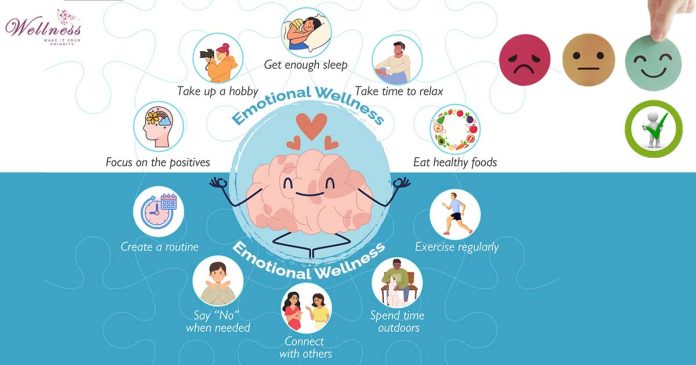Your emotional wellness only needs an easy kick start towards happiness– just turn on the light to turn down the darkness
Fizza Juanid
Emotional wellness comprises your overall psychological well-being. The way you feel about yourself and then how you manage those feelings. It also includes how you deal with difficulties and what is the quality of your relationships. Hence, emotional wellness incorporates all your emotions such as joy, anger, fear, humor, sadness, irritation, appreciation, etc.
Anyone can experience emotional or mental health issues and many of us experience it over the course of life. To avoid that stage in life, try improving your emotional health state through these 10 boosting tips. You can incorporate these tips to eradicate emotional instability in case you are going through the problem.
Table of Contents
10 Best Tips to Boost Your Emotional Wellness
1. Start Accepting Your Feelings
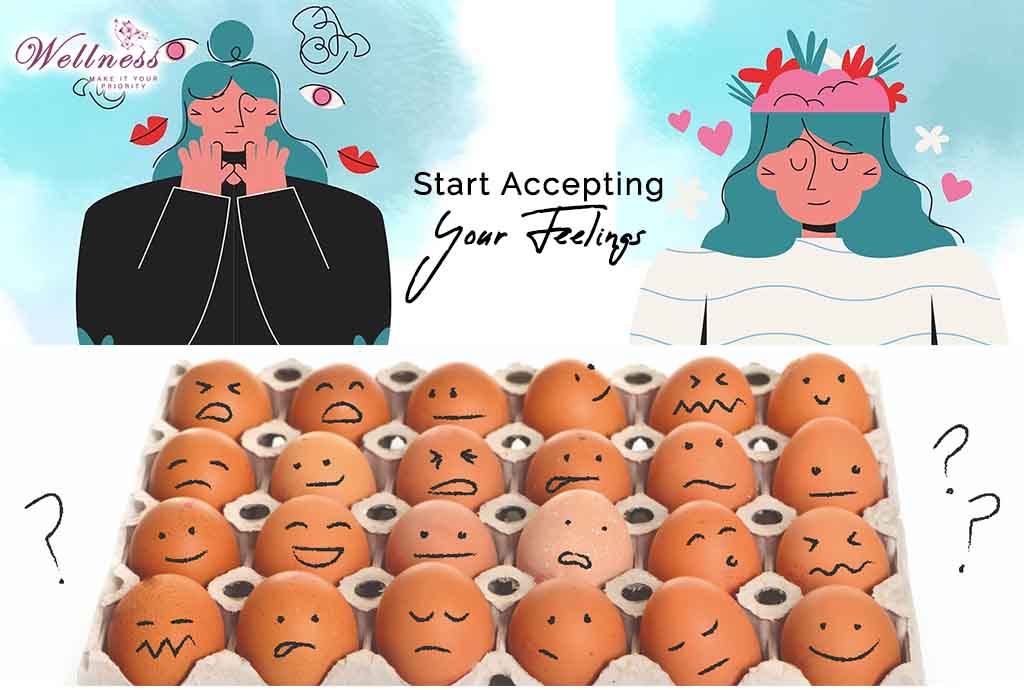
We are humans and have a wide range of emotions and thought processes. Being emotionally healthy does not mean having good feelings only. It also does not mean to ignore the negative or bad emotions. Emotional wellness means allowing yourself to feel every emotion and managing it without harming yourself or others.
2. Searching for Happiness is a Trap
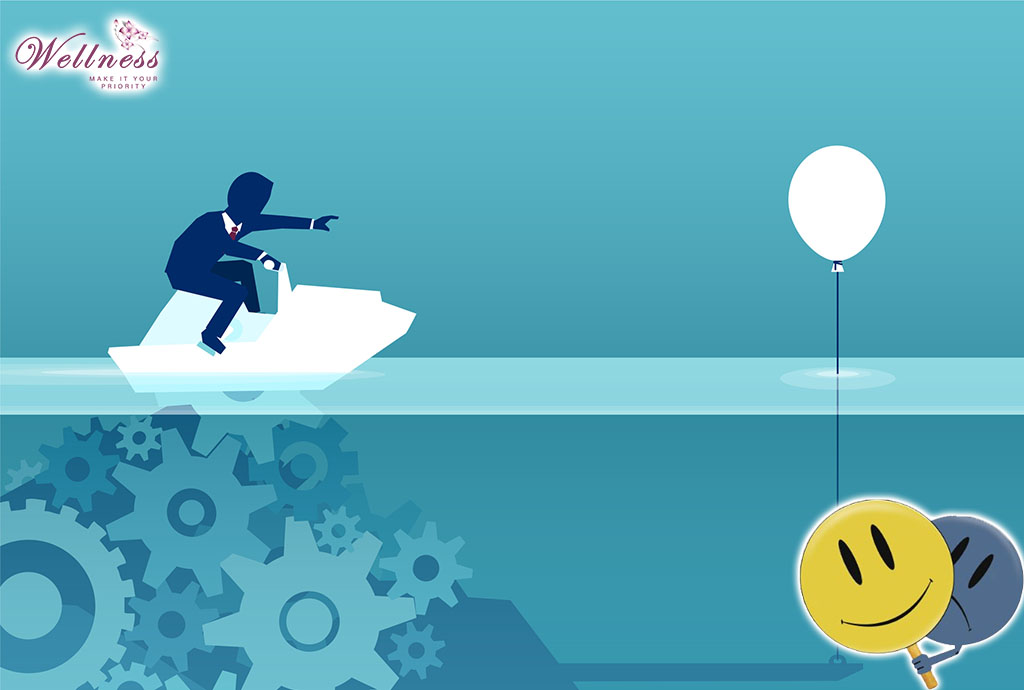
Emotional wellness does not mean you should force happiness on yourself. Pursuing happiness is a trap because the more you impose it the more you feel empty. You are trying to be happy just because you feel everyone around is like this – but if you don’t really feel it then your efforts are going in vain. Emotionally healthy individuals allow themselves to feel all of their emotions, they appropriately express them and move on.
3. Enhance Emotional Regulation
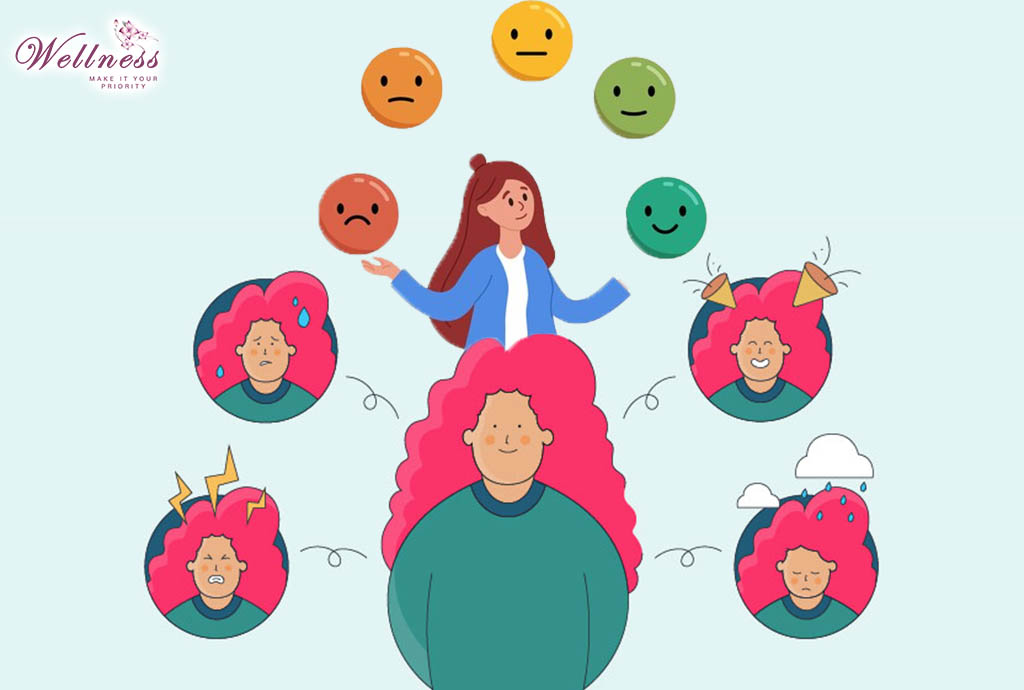
Emotional regulation means keeping your emotions under check. We all are aware of our feelings and allow ourselves to feel them but we do not get consumed through them. Being emotionally healthy means our emotions or feelings do not affect our actions. Impulse control is an important part of emotional regulation. You can start practicing by noticing your emotions and mindfully acting on them or in certain cases not acting on them.
Dimensions of Wellness – Ultimate Guide to The Art of Living Well
Emotional wellness is a part of your overall well-being the dimensions of wellness. Here you can find a better understanding of all dimensions and their importance. You can also get quick tips to fix your overall well-being.
4. CBSB – Cognitive Behavioral Skills Building
Expression of our negative thoughts is usually followed by feelings of stress and depression. This negative thinking can lead to unhelpful or unhealthy behaviors.
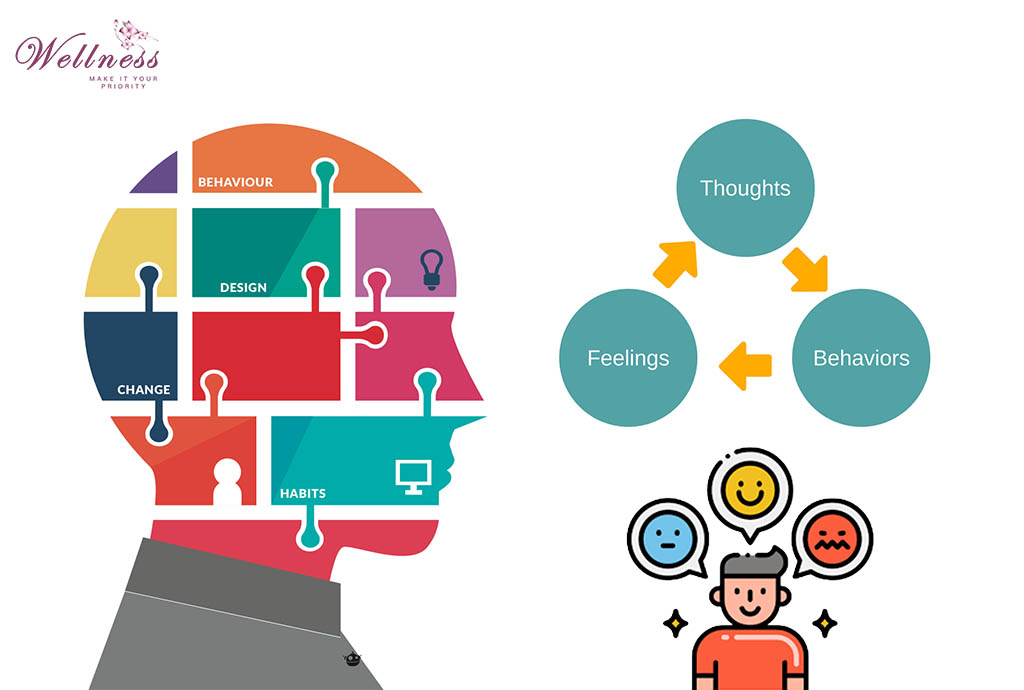
You can use cognitive behavioral therapy to replace this negativity with positivity:
First Step – What Was I Thinking?
Start with learning – how to catch your automatic negative thoughts. When you observe the change in your mood or any physical signs of anxiety – for instance, headache, sweating, stomach ache, or rapid heartbeat – ask yourself a question, “What was I thinking at this moment?” The reason is our negative thoughts silently become our habit and we never realize them. It is not that we choose them, they just happen.
Second Step – Learn to Find Out the Activating Events/Triggers
Suppose, a car cuts you off on your way to the office, this event might activate an automatic negative thought like, “That inattentive driver could have caused an accident” – which might turn your mood into a downward spiral. When you start noticing automatic negative thoughts – you can rewrite them by turning them around.
Third Step – Change/Alter the Script
The next time a cut cuts your way – change the script before proceeding towards negative thoughts. Try thinking something positive – for instance, “That driver may be stressed or have some emergency”. Changing your thought process from negative to positive buffers you from anxiety or stress.
Final Step – Keep Practicing
Practice, practice, and practice – the most important step to change any habit. Give yourself a thirty-day time frame to create positive thinking habits and to break negative thinking patterns. Hence, time and practice actually change any habit – even your way of thinking. Try monitoring your thoughts after stressors – keep a journal of everyday stressors – your feelings and behavior that follows. Find such challenging circumstances as an opportunity for practice.
5. Find Your Purpose and Meaning

This is not an easy-going process for everyone but once you find purpose in your life – it’s a smooth slope.
You can try one of these methods:
- Spend quality time with loved ones and invest in relationships
- Incorporate one good gesture or deed into your routine
- Engage in a play or work that makes you feel productive
- Volunteer, to keep your inner self at peace
- Find different ways to care for others, meaningful and rewarding but challenging
6. Share your thoughts

Sharing your stresses and concerns with your loved ones is therapy itself. Sometimes when you share your worries with someone who cares calms your nervous system and relieves anxiety and stress. Try talking to your friend or a family member you trust the most. Contrariwise, listening to others in a supported and safe way can improve your perspectives. You can consider speaking to a professional in case you need someone for safe sharing.
7. Practice Mindfulness
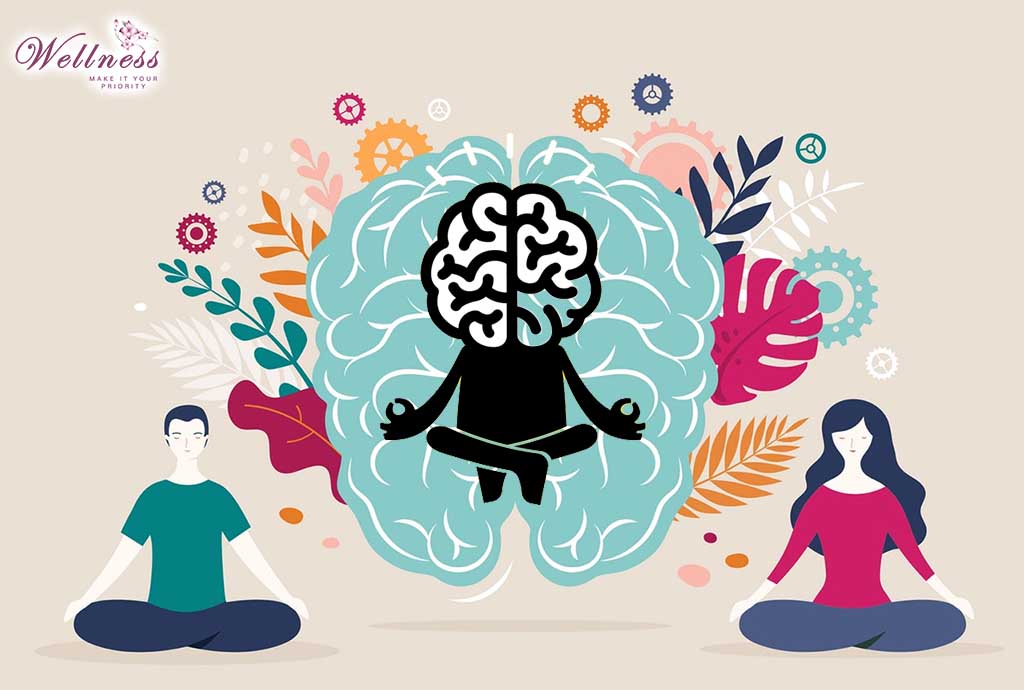
Practicing mindfulness is an excellent way to nourish your emotional wellness. When we practice mindfulness – our focus completely remains on what’s going on in the present moment, right here and now. Because our strongest emotions are mostly about our future and past. Staying in the present keeps us calm and grounded. You can try meditation or any other practice that keeps you grounded.
8. Add Humor to Your Life

Humor acts as a powerful tool for your emotional stability. When you find something amusing under rough circumstances your emotions shift towards calmness. Laughing is good for everyone’s overall health. As you nourish your perspective also include humor in your life. Even if you take small laugh breaks or watch funny videos – it acts as a medicine for your emotional wellness.
9. Keep Yourself Active

Regular exercise or activity – both have great benefits for emotional wellness. When you implement active lifestyle modifications, they enhance both your physical and mental health. You start feeling physically healthy and mentally more stable. This active lifestyle can solve lots of issues like memory loss, stress, unhealthy sleep patterns, and much more.
10. Make Contemplation a Priority
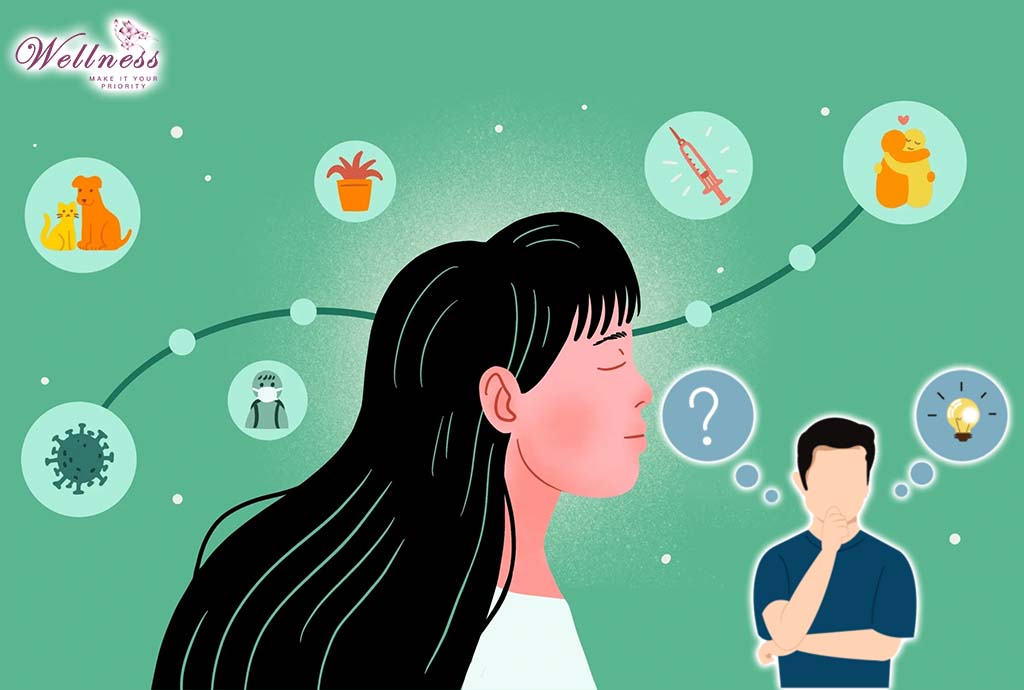
We are often too busy to have some leisure time to ourselves. Leisure is a necessity for mental and emotional wellness. Try to take some time to contemplate and relax. Always find a way to pay attention to positive things even the small things as you go about your day. Write down those things if you can because usually, we easily forget them. Later on, when your mood needs a boost – reflect on those positive things. hence, contemplation is among the best tips to boost your emotional wellness.
Frequently Asked Questions
What are emotional wellness goals?
The most crucial goal of emotional well-being is becoming more aware of your all emotions and accepting them wholeheartedly. Being emotionally healthy means having the ability to distinguish your all emotions. Then calmly acting on any of the emotional state rather than suppressing them.
How does emotional wellness affect health?
Research has proved the connection between your emotional states and health. If you are emotionally unstable, your body cannot stay healthy for a long time. As both are interconnected, for instance, emotional stability lowers blood pressure, improves healthy weight, balances blood sugar levels, reduces the risks of heart diseases, etc.

